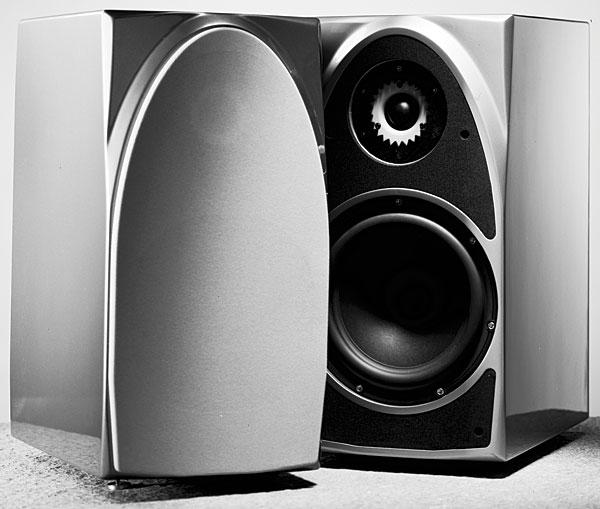| Columns Retired Columns & Blogs |
This is an extremely comprehensive article that truly allows us to see everything that the Wilson Duette has to offer. I hope that there will be more information coming from you because of your honestly.
-
Sometimes reading reviews of certain products makes us find that we are not hearing from someone who has actually tried the product but then there are some good ones.







































